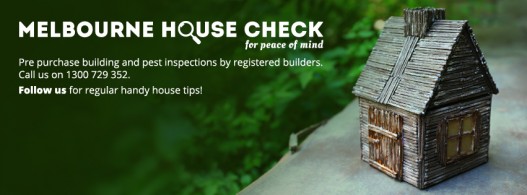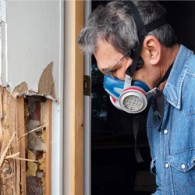Brickwork cracking
Brickwork cracking is a common concern for house buyers. Suburban brick veneer houses often present themselves with brick cracking to some degree, and while in most cases the brickwork of these houses is non-structural above the floor level, cracking can be a difficult and expensive problem to rectify. Because brick veneer construction is brittle, in recent years we now construct brick veneer houses with articulation joints, which accommodate any movement in a building. Movement occurs for many different reasons, including variations in climate or temperature, movement in the frame and movement in the foundations. It is important to diagnose the severity of brick work cracking prior to purchasing and to also assess whether the defect is considered a structural or non-structural element. Melbourne House check considers the condition of all brickwork within a pre purchase building inspection. If you would like to speak with us in detail about brickwork cracking we can be contact through our website www.melbournehousecheck.com.au/contact
Read our other posts on brickwork problems:





